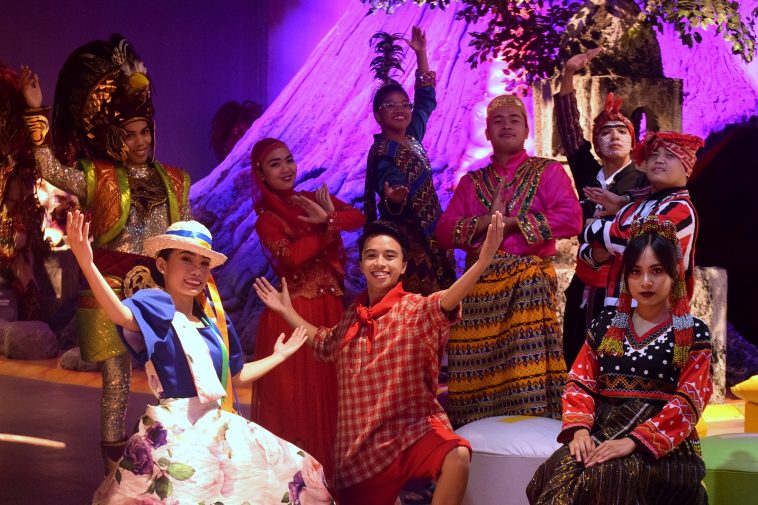Filipinos have a thing for pasalubong. I guess it’s understandable to want to take a bit of a place with us back home or to share with loved ones. Fortunately, the country has plenty of interesting souvenirs travelers can take home. One example is the variety of handmade fabric available.
For textile aficionados and culture vultures, here are five of the most beautiful indigenous fabrics from the Philippines.
T’nalak

The T’boli of South Cotabato is known as the “Dreamweavers”. This is because the T’nalak fabric they weave are said to have come dreams. Weavers are visited by Fu Dalu – the spirit of the abaca plant from which the fabric is made – in their sleep and are shown designs and patterns. These visions are then translated into the world-renowned T’nalak.
Where to get it: TheCooperative of Women for Health and Development (COWHEAD) in Lake Sebu, South Cotabato sells T’nalak, as well as other indigenous items including accessories, costumes, gongs, and other souvenirs that are crafted by the locals of Lake Sebu. The T’nalak are woven by the ladies in Lang Dulay Weaving Center.
Yakan
The Yakan fabric is another handwoven piece that would be a great pasalubong. The Yakan tribe – one of the 13 Moro ethnolinguistic groups in the country – is famed for their intricate loomwork. A meter of their weaves take about a week to complete and go for as much as 5,000 pesos!
Where to get it: The Yakans of Basilan are renowned for their art of weaving. You can get Yakan fabric from the Yakan Village in Reuben Muzarin, Upper Calarian, Zamboanga City, Philippines. If you’re in Basilan, you can get it from the Lamitan Yakan Weavers Cooperative.
Inabel

Also referred as Abel Iloco or simply Abel, Inabel is the traditional woven fabric of the Ilocos. Inabel translates into “woven” in the local tongue, and the fabric is made from cotton. It is woven using hardwood looms with techniques dating back to centuries ago. This fabric is the best for home use and often takes the form of blankets, towels, shawls, and scarves.
Where to get it: Inabel shops can be found all across Ilocos. There’s a popular Inabel shop in Vigan, Ilocos Sur, as well as Laoag City, Ilocos Norte.
Hablon
From the Hiligaynon word “habol” meaning “to weave”, Hablon is the traditional woven fabric of Iloilo. It is used for clothing and has been making waves in the international scene. It’s been used in avant-garde fashion as well as local couture.
Where to get it: In Iloilo City, you can get Hablon from Camiña Balay Nga Bato, Sinamay House, and Arevalo Handwoven Products. In Miag-ao, get it from Indag-an Primary Multi-Purpose Cooperative.
Patadyong

Patadyong is a type of wraparound skirt worn by Filipinas in the days of yore. It is similar to those worn by Indonesians but instead of a batik design, it features a colorful checkered pattern. The term also refers to the fabric used for this piece of clothing which is made of woven cotton. In Antique, the art of patadyong is alive and well. You can get patadyong skirts and bags and handkerchiefs here – a great throwback to the pre-colonial era!
Where to get it: The women in Bugasong, Antique, are known to be among the longest standing weavers of this fabric.
What’s your favorite indigenous fabric?




